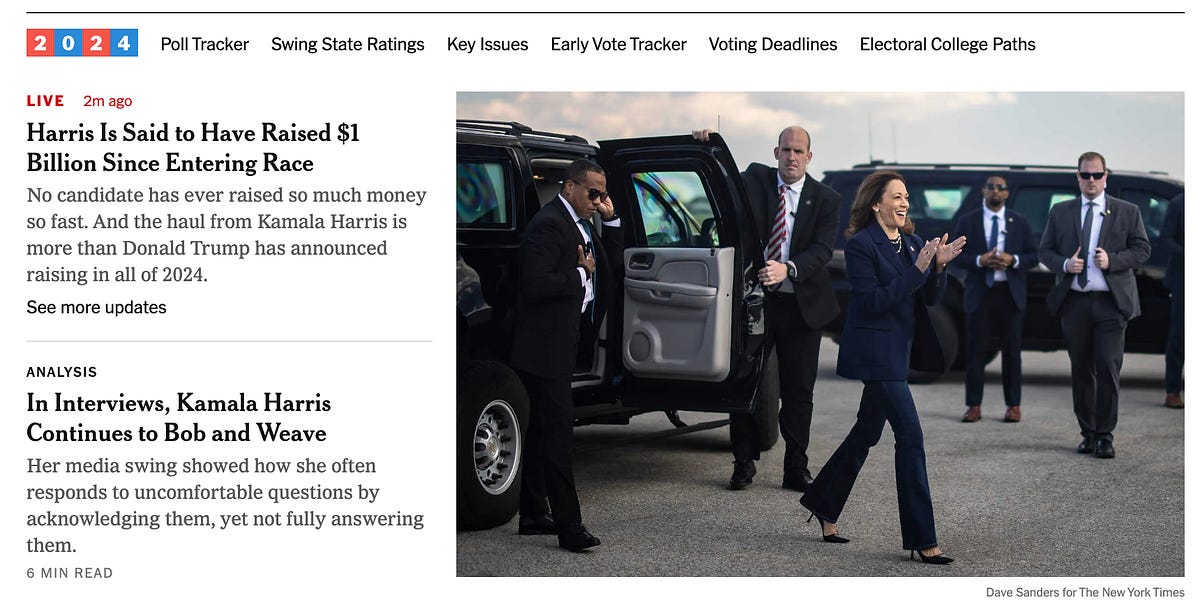Employers across the globe are facing tough choices as they stare down inflation and a looming threat of a recession. Although many business leaders are scrambling to keep their operations in the black, many still have roles to fill—and they’re increasingly expanding their contingent workforces to supplement their teams and increase their flexibility and financial agility. In today’s highly competitive labor market, proactively tapping known internal talent from both full-time and contingent pools can help organizations avoid the rising costs associated with new hires.
The Power of Retention
Many companies spent the last few years offering large financial incentives to employees seeking new positions, driving up the market rate for a wide range of workers. A 2022 Pew Research Center report revealed that half of people who changed organizations during the pandemic’s second year saw their pay increase by almost 10%. Those who stayed saw their pay decrease by an average of 2% when adjusted for inflation.
A recent review of Magnit’s extensive contingent workforce data revealed a similar gap. Per our data, organizations that redeployed known contingent workers increased their pay by approximately 10% when renegotiating or extending contracts, while compensation packages for net-new employees at these organizations increased pay by about 19%.
Of course, retention-related cost savings aren’t just from salaries. Losing experienced workers can reduce overall productivity, decrease stability, and increase training needs, all of which push operations costs higher. Finally, when you consider the material costs of attracting, recruiting and onboarding new employees, the math quickly reinforces that workforce retention should be an absolute priority.
Increasing Your Odds
Keeping top talent around is a good strategy, but it may feel impossible to achieve in today’s market. However, there are some tested strategies that can help employers retain workers and thrive in uncertain economic times:
1. Reassessing length-of-service (LOS) policies
Retaining high-quality workers can offer peace of mind as managers already know their talents and working habits—and extending existing worker contracts can also lock in initial rates for longer, driving cost savings. As such, organizations should carefully examine policies that unnecessarily limit contingent workers’ term lengths. To this end, consider enlisting the help of compliance experts to manage risk and ensure proper worker classification.
2. Strategizing rate increases
With belt-tightening occurring across industries, rate increases must be based on reliable market data, company objectives, and factors like flight risk and candidate availability. Investing in technology that offers robust talent and pay insights can help ensure businesses are paying competitive rates that won’t break the bank.
3. Upskilling existing populations
Dedicated, smart, and creative employees are worth keeping—so help them build the skills the company needs. When new projects arise, employers may want to consider offering growth opportunities to top performers whose skill sets are well-suited to new roles. Magnit’s research shows that offering development opportunities is the most impactful thing a company can do to boost worker satisfaction, which means more redeployments, higher retention rates, and all the associated financial benefits.
4. Redeploying with purpose
Contingent worker management programs have traditionally placed little focus on redeployment of workers into other roles with an organization, often due to a lack of understanding, emphasis, and resources. Monitoring assignment end dates, skills, and other internal data helps organizations identify workers coming off assignments that may be good candidates for other roles within the organization. Using this data to redeploy workers drives cost savings, increases organizational flexibility, and fosters more institutional stability.
5. Going direct
What if there aren’t roles to shift talented workers to when they reach their assignment end date? Instead of losing touch, invite them to opt in to your private talent pool for future opportunity consideration. Companies can invest in technology that facilitates the curation of these talent clouds and subsequent direct sourcing of candidates, thereby avoiding supplier mark-ups. With the average markup for contingent employees at 35% – which goes to the staffing agency supplying the worker – direct sourcing frees up funds for other internal investments (or to boost the bottom line!) while improving worker experience, hiring speeds and talent quality.
Making It Happen
With 2023—a year that’s likely to bring challenges related to budgeting and labor management—upon us, understanding the above will be incredibly important, and putting it into action will be even more crucial. The strategies outlined herein can help leaders encourage workers to stick around, but they will only work for companies that have insight into their workforce. As such, investing in an integrated workforce management platform that provides the necessary data, technology, and human experience is critical for leaders looking to develop a new retention strategy.
Once leaders have these tools, they’ll be well-positioned to execute on strategies—like thoughtful wage increases, culture-building initiatives, and upskilling efforts—that can bring the benefits of redeployment and retention to fruition.
























































![Key Metrics for Social Media Marketing [Infographic] Key Metrics for Social Media Marketing [Infographic]](https://www.socialmediatoday.com/imgproxy/nP1lliSbrTbUmhFV6RdAz9qJZFvsstq3IG6orLUMMls/g:ce/rs:fit:770:435/bG9jYWw6Ly8vZGl2ZWltYWdlL3NvY2lhbF9tZWRpYV9yb2lfaW5vZ3JhcGhpYzIucG5n.webp)
















